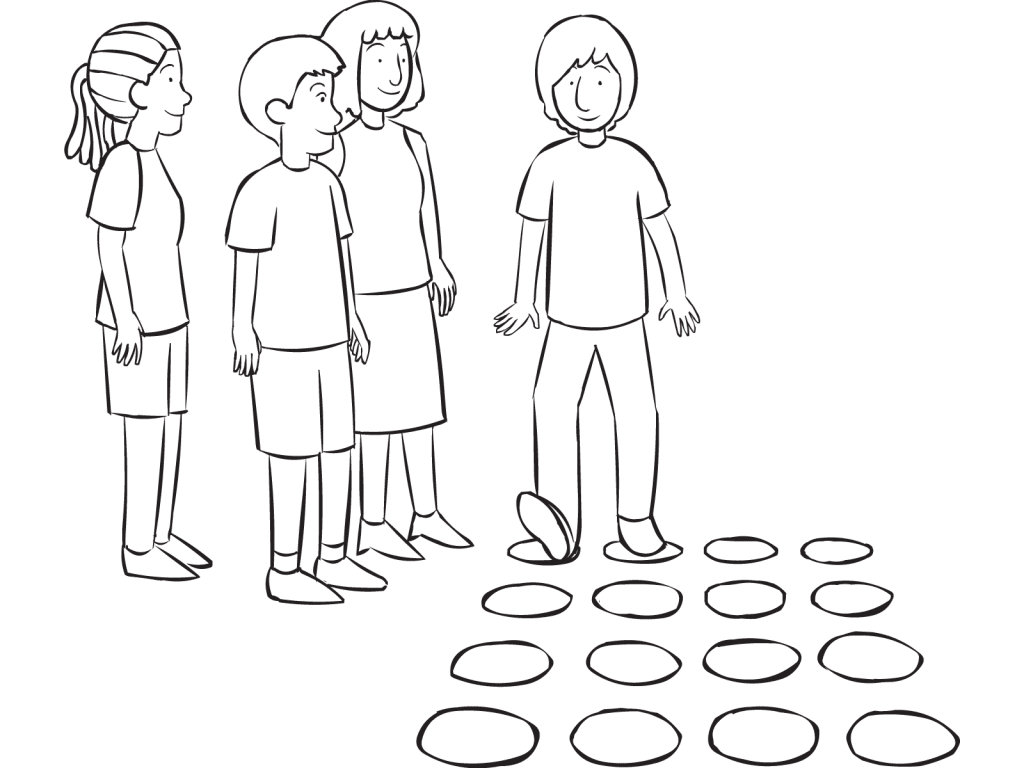Save to Playlist
Step-by-Step Instructions
Resources Premium
How To Play Narrative Premium
Practical Leadership Tips Premium
Social-Emotional Learning Premium
Health & Wellness Programming Premium
Popular Variations Premium
Virtual Adaptation Premium
You Might Also Like... Premium
Useful Framing Ideas Premium
Reflection Tips & Strategies Premium
Program Templates Premium
Source Premium

No Props No Problem
Brand NEW book featuring 150+ outrageously fun group games & activities. Scan QR codes to connect to tons of digital content including video tutorials.
Add to Cart
NEW – No Props No Problem
The best-selling book featuring 150+ outrageously fun group games & activities. Scan QR codes to access exclusive digital content including video tutorials.

Free Ice-Breakers & Group Games
Ten of the best no-prop, interactive ‘get-to-know-you’ games & activities. 100% fun, your group will love ’em. Our most successful giveaway, 10,000+ downloads so far…
Top Ten Icebreakers & Group Games
Download our free 28-page ebook jam-packed with outrageously fun activity ideas.
Just one more question:
I am interested in…
Choose a plan that’s right for you
We offer a range of membership plans with no surprises.
Click an option below & discover our simple pricing.

Individual
Click here if you’re a:
- Teacher
- Corporate trainer
- Outdoor educator
- Camp leader
- Youth leader
- Conference organiser
- Therapist/counsellor
Membership Plans

Enterprise
Click here if you represent a:
- School
- Corporation
- Community-based Organisation
Explore plans for
10, 50, 200 or more
potential users
Membership Plans






It also demonstrates that one is not stuck to being either a follower or leader but it can be a choice we make to be what is needed, either follower, observer or leader and that each role can learn from our experiences and is of importance towards reaching a common goal.
Using the silent version variant is also fantastic as other forms of assistance or support or communication can emerge and this too can produce some wonderful conversations and thoughts about how the group adapts to meet challenges.
David, you point to a number of really useful observations to make with a group when you invite them to reflect on their experience. There is so much more to leadership than just being the person with the loudest voice 🙂
Love the maze… so useful in demonstrations concepts around leadership and learning from experience. This is a go to with groups when exploring the themes around leadership and what leadership looks like and the styles available.
It also allows the group to look and value the role of the follower as well which at times is not as valued as much.